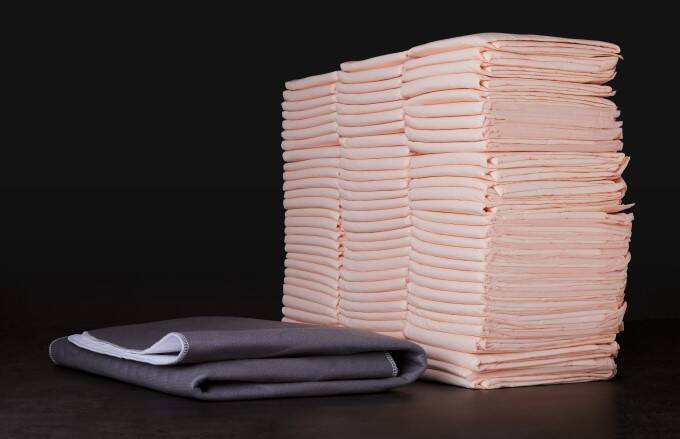October 13, 2020
Reusable Surgical Gowns Show Significant Environmental Improvements Over Disposables

The American Reusable Textile Association, or ARTA, recently published a life cycle assessment of surgical gowns. Standard Textile has a long and proud history of environmental stewardship and commitment to responsible products and processes. We share their findings with permission.
DOWNLOAD: Reusable Surgical Gowns Environmental Footprint Infographic
Reusable Surgical Gown Life Cycle Environmental Results
Reusable surgical gown life cycle results continue the conclusions from six other reusable/disposable gown/coverall studies that show reusables provide a significant improvement when compared to disposables in energy, environmental footprint, blue water, and energy associated emissions. Blue water represents water that is used and not returned to the source, and thus represents depletion of a fresh water source.
Environmental Cradle-to-End-of-Life Cycle for Reusable Surgical Gowns
What is a surgical gown life cycle assessment? Surgical gowns were studied thoroughly from material extraction from the earth, to the manufacture of the gown product, to use including laundry and sterilization, to final end-of-life. This scope and the results emphasize transparent, science-based life cycle assessment.
Bonus: Medical Instrument Recovery
Medical laundry operations find and return a significant amount of lost surgical instruments to healthcare facilities. The instruments are often found wrapped in surgical drapes and would otherwise have been lost to a landfill. The value of these items was found (in other studies) to be in the thousands to tens of thousands of dollars per year.
The ARTA-IAHTM Surgical Gown LCA was funded by the ARTA Life Cycle Assessment Committee. Read the complete study in the March 2020 issue of the AORN Journal.
DOWNLOAD: Reusable Surgical Gowns Environmental Footprint Infographic
Related Content

Reusable Isolation Gowns Dramatically Reduce Environmental Footprint
Isolation gown life cycle results continue the conclusions from six other reusable/disposable gown/coverall studies that show reusables provide a significant improvement in energy, environmental footprint, blue water, and energy associated emissions.

Examining Environmental Footprints: Reusable and Disposable Incontinence Underpads
A recent study published in the Journal of Nursing Care Quality aims to support clinicians’ knowledge to include environmental sustainability in decisions regarding patient care and reusable versus disposable incontinence underpads. A life cycle analysis was conducted, including soiling, reusable cycles before removal, supply chains, laundry use, and end-of-life environmental impact.

Why Reusable Underpads? Talking Points for your Team
Equipping your team with more knowledge about reusable underpad solutions can help you determine the best approach for your facility.